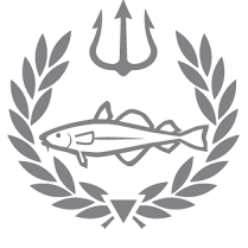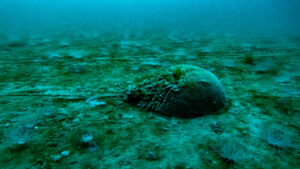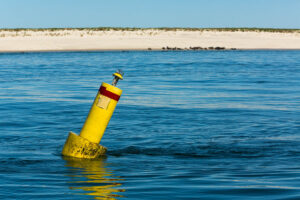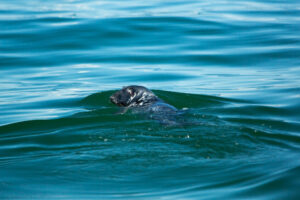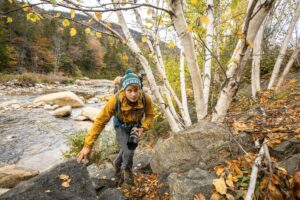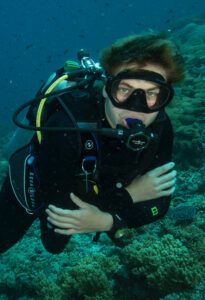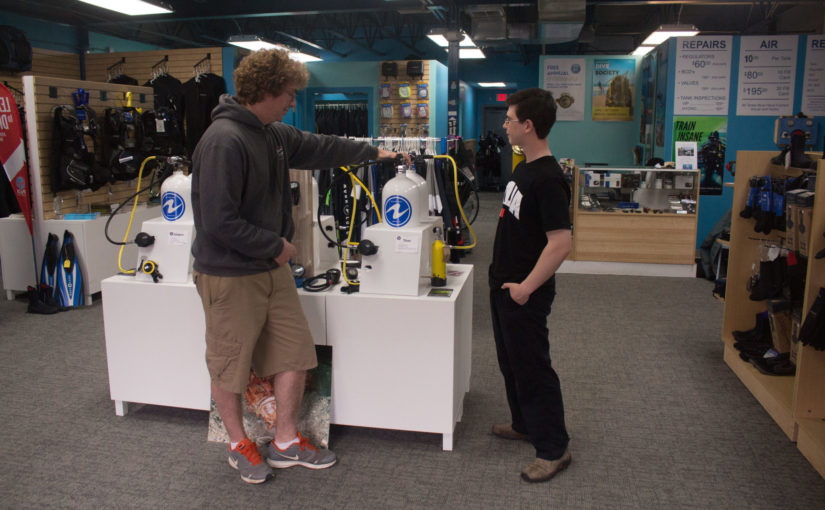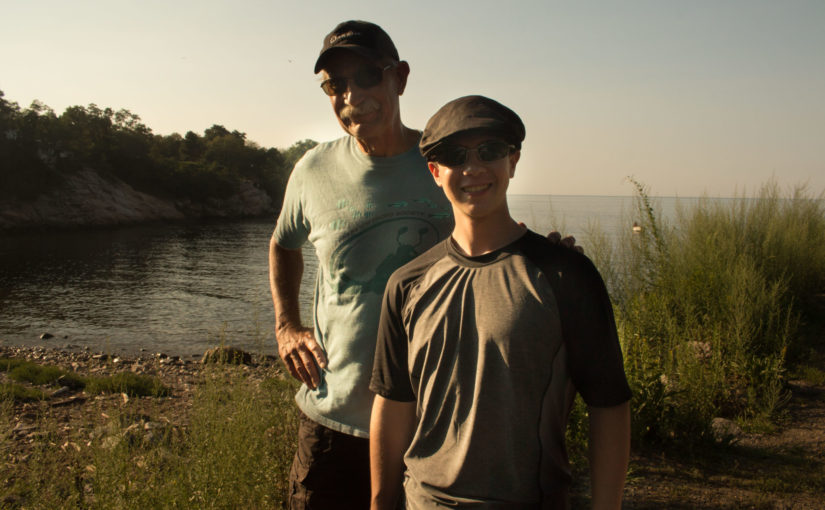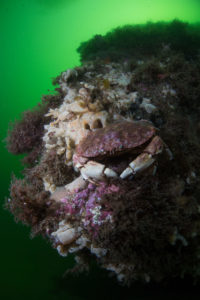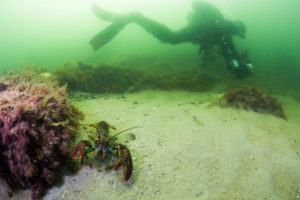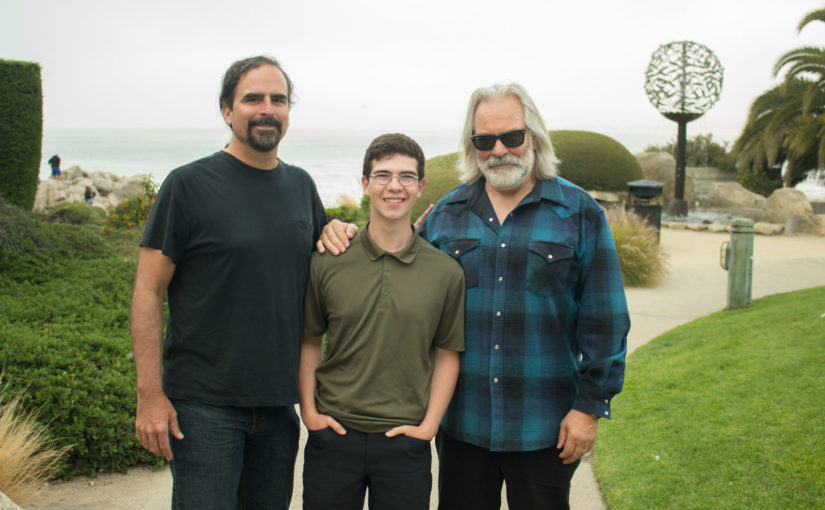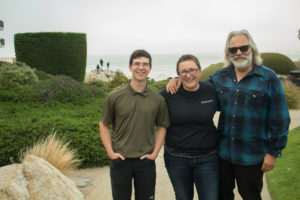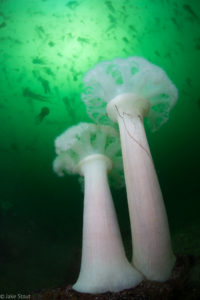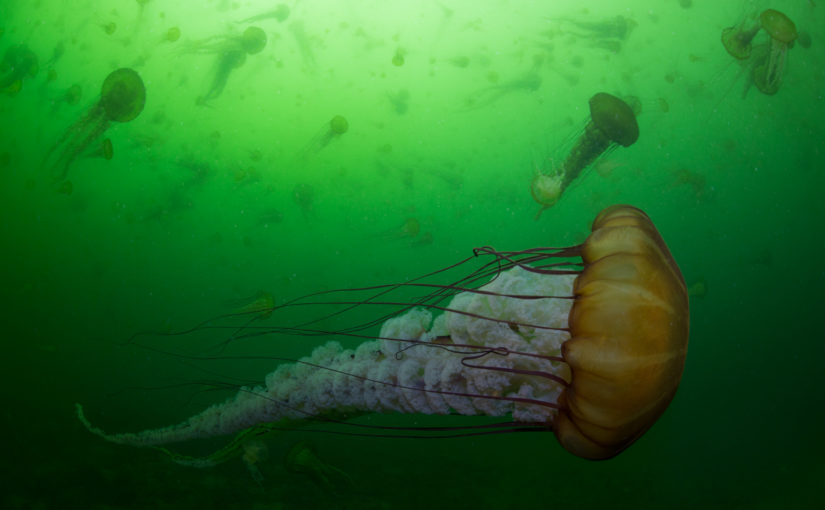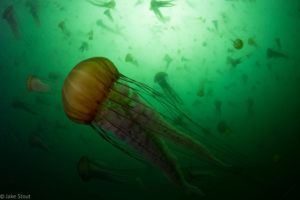For the last couple of days I had the great chance to collect quahogs with Vin Malkoski! Vin needed to collect 12 quahogs from 10 different locations around New Bedford Harbor in order to sample them for PCB contamination. While PCBs are no longer present in the water column, they can linger in sediments, so yearly quahog sampling helps the Massachusetts Department of Marine Fisheries understand how much of the banned chemical still remains.
Both mornings we headed out on a DMF boat and did 5 dives, exploring the sea bottom with small rakes and a collecting bag, searching for quahogs. At some locations it was quite easy and we were in and out of the dive site in only minutes, but a couple took quite a while as we sifted through the muddy bottom for over half an hour to find the elusive molluscs. Most of these dives were quite shallow and fairly close to shore, one so much so that we didn’t even dive, opting to stay on top of the water and use long rakes with built-in collecting baskets to help us dig up quahogs hidden deep in the mud. All in all, it was a great time, and I loved exploring the sea bottom with Vin.
